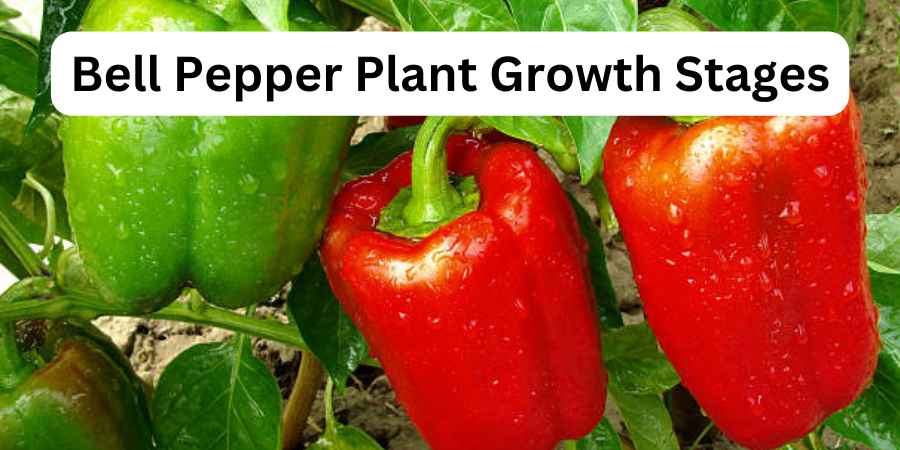Last Updated on June 25, 2025 by Jocelyn
Bell peppers are easy to grow. They take about 70 to 90 days to be ready. You can grow them indoors or outdoors. They come in colors like red, yellow, green, and purple. These peppers add color and vitamins to your meals.
Bell pepper plants need warm weather and moist soil. You can cover young plants with plastic to keep them safe in cold weather.
They grow in clear steps. First is seed germination. This takes about 7 to 14 days. Then comes the seedling stage. This lasts 2 to 3 weeks.
After that, the plant grows more leaves for about 3 to 4 weeks. Next, flowers appear. Then small peppers start to grow. Last, the peppers get big and change color.
Each step needs sun, warmth, and water. This helps the plant grow well and give lots of peppers. You can eat bell peppers raw, cooked, or stuffed. They are tasty and healthy for any meal.
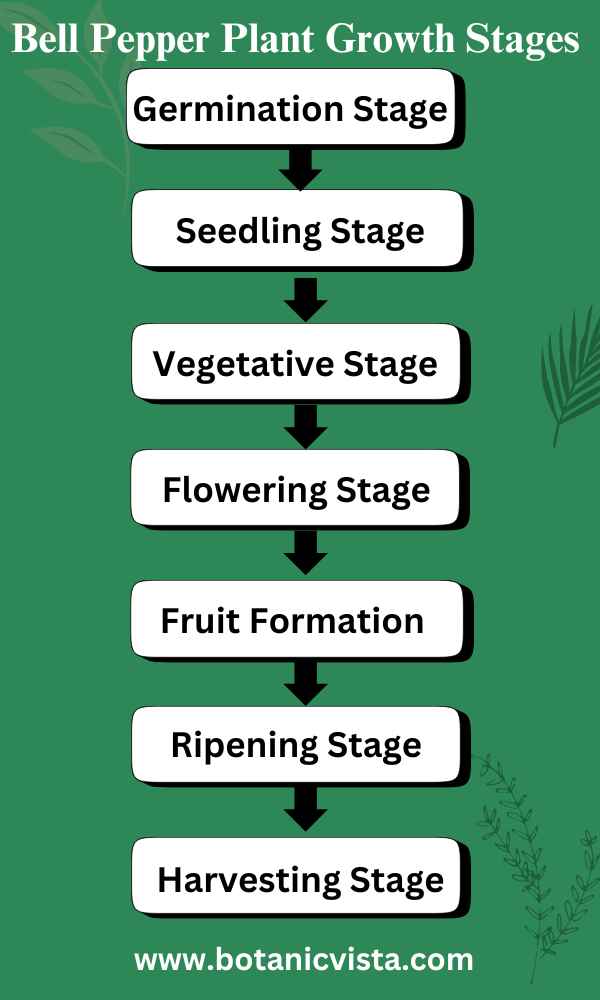
Table of Contents
ToggleBell Pepper Plant Growth Stages – From Seed to Harvest
Curious about how bell peppers grow? Knowing the stages of a bell pepper plant’s life helps you grow healthy peppers at home. Let’s explore the journey of a bell pepper from seed to harvest.
1. Germination Stage
Bell pepper seeds typically begin to germinate within 7 to 14 days. To start this process, a well-draining seed-starting mix is essential. Maintaining a consistent temperature of around 70-80°F is ideal for the germination of bell pepper seeds.
When planting, keep the soil warm and moist. It may take about 21 days for the first plant to germinate.
The ideal conditions include well-draining soil and a warm environment. Typically, tiny green sprouts will emerge, showing successful growth.
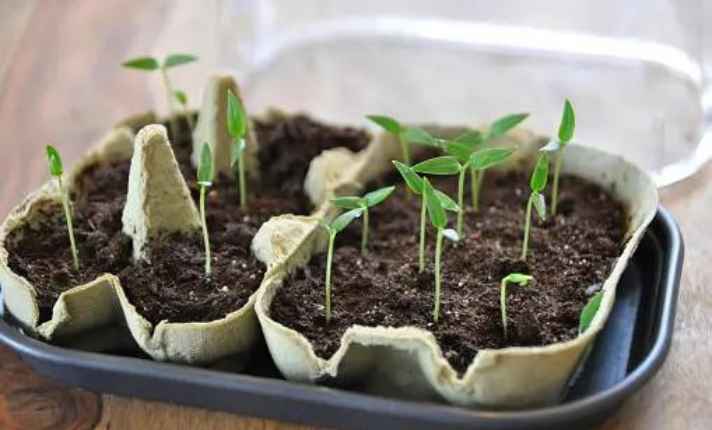
2. Seedling Stage
When bell peppers start to grow, the first stage is the seedling stage. This begins right after germination when the seed turns into tiny sprouts. These small, delicate plants need proper care to grow strong.
At this stage, you will see the appearance of cotyledons, which are the first leaves to show. Soon, true leaves will develop. Seedlings need 14-16 hours of light each day. Place them in a sunny spot or under a light.
Keep the soil gentle and moist, but not too wet. In a few days, you’ll notice the seedlings getting taller. When the seedlings have 2-4 true leaves, they are ready to be moved to bigger pots or the garden.
Remember to transplant them gently, as they are very vulnerable. A bit of fertilizer can help them grow better, but use it in low concentration. With proper care, your bell pepper plants will develop into strong plants ready for the next stage.
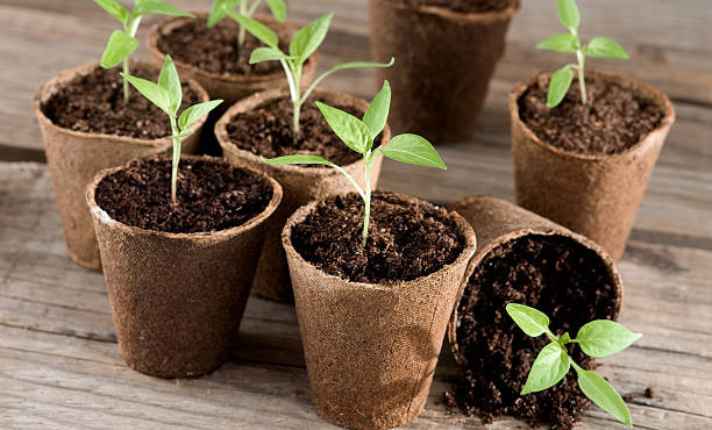
3. Vegetative Stage
In the vegetative stage, bell pepper plants begin to develop strong roots and stems. During this time, the plants grow multiple leaves that help them gather sunlight. Typically, this stage lasts about 2-3 months.
It’s important to focus on creating a good foundation for future growth by providing the right light, temperature, and humidity conditions. Fertilization practices help in development. Transplanting into larger pots aids in reaching maturity.
Proper pruning and training techniques, like cutting top leaves, encourage bushier growth and support the plant. This phase features rapid growth and stem strengthening, preparing for flowering and fruit production.

4. Flowering Stage
At around 6-8 weeks, bell pepper plants start to flower. This is the reproductive stage where flowers grow on the large stems. If plants are in pots, consider transplanting them outdoors. The roots are strong enough for this move.
In spring, flower development happens quickly. These plants are self-fertile and can self-pollinate. Pollinated flowers will set peppers. Each flower that pollinates will eventually become a pepper.
To ensure healthy growth, plants need good ground. Watching the plants from spring to maturity is rewarding. Healthy flower development is crucial for a successful harvest.
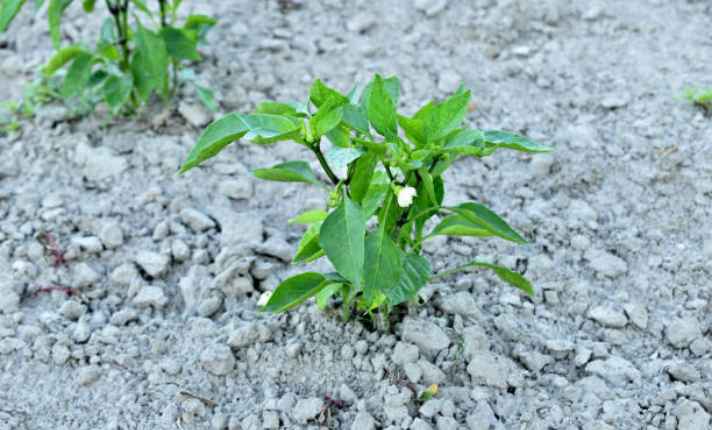
5. Fruit Formation
When flowers appear on bell pepper plants, pollination occurs, and small peppers start to form. This takes about 2-3 weeks. Every flower should be pollinated for the peppers to grow.
After pollination, small fruits develop quickly. You may see some larger peppers along with smaller ones. It is normal for plants to have flowers and fruits at the same time. Prune some small flowers away to help the larger peppers grow bigger.
Peppers need enough sunlight and nutrients to reach their full size. Common bell peppers take 60-90 days to mature completely. Once the peppers form, they continue growing until ready to pick.
Encourage their growth by giving them good care. It is important to watch their growth and prune away any flowers that are not developing well. This helps you get healthy and delicious bell peppers from your garden.
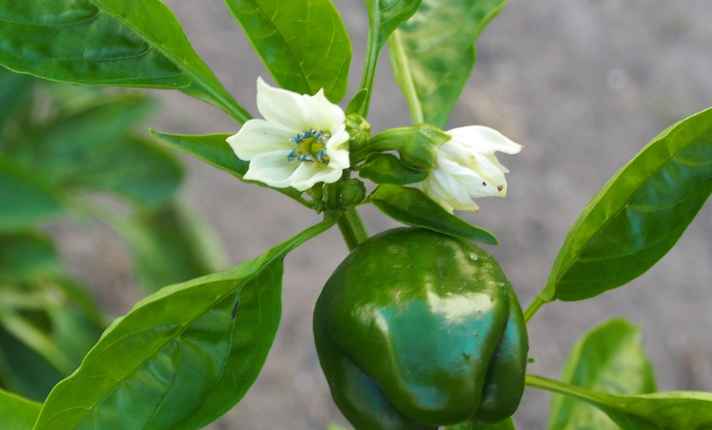
6. Ripening Stage
Bell peppers go through different ripening stages. First, they are green and small. Over weeks, they grow larger and start to change color.
Some varieties turn yellow, some orange, and others red. There are even purple ones! This transition usually takes 50-85 days.
Watching bell peppers become more colorful with time is fun. They start as a bright green and then ripen into a vibrant variety of colors. It’s fascinating to see them form and change.
The final color depends on the varieties and the conditions they’re growing in. Some varieties even turn darker as they ripen. After a few days, they are ready to pick and enjoy!

7. Harvesting Stage
Growing bell peppers can be exciting, especially when it’s time to harvest them. Knowing the right moment is crucial.
To determine the right time to harvest, look for signs of ripeness. The bell pepper should have a bright color and be firm to the touch.
Observing the peppers change color as they ripen is a key sign they are ready to pick. Checking these signs helps ensure the best flavor and texture.
For harvesting techniques, be gentle to avoid damaging the plant. Use a sharp knife or scissors to cut the pepper from the stem. Always use clean tools to prevent disease spread.
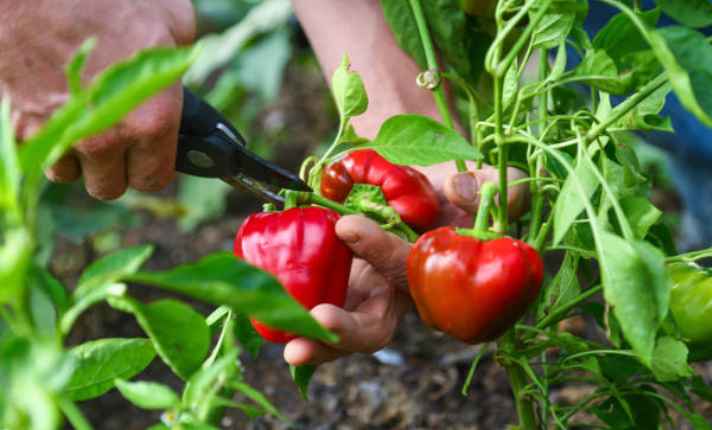
Tips for Faster Bell Pepper Growth
Growing bell peppers is enjoyable when you use the right methods. Follow these tips to ensure your bell pepper plants grow faster and healthier.
Each tip helps provide the best conditions for your plants to flourish and produce a bountiful harvest.
| Growth Tips | Why It Works | Implementation |
| Enrich the soil | Provides essential nutrients for healthy growth | Add compost or organic matter regularly. |
| Maximize sunlight | Bell peppers need plenty of light | Ensure they get at least 6 hours of sun. |
| Water properly | Maintains moisture balance in the soil | Water in the morning to prevent evaporation. |
| Use fertilizer | Supplies extra nutrients for faster growth | Choose a balanced, slow-release fertilizer. |
| Space them out | Supplies extra nutrients for faster growth | Plant them 18-24 inches apart for best results. |
FAQ’s
Q: How Long Do Bell Peppers Take to Grow?
A: Bell peppers take about 60 to 90 days to grow. Start with seeds or starter plants from a nursery at home or in your garden during the warm season. Most gardeners prefer to buy small plants for quicker growth.
Q: How Many Bell Peppers Will One Plant Produce?
A: A well-grown bell pepper plant can produce 20-50 peppers in a season. To keep peppers fresh, place them in the refrigerator or lay them on cookie sheets to dry for storage.
Q: How Many Times Can You Harvest a Bell Pepper Plant?
A: Bell pepper plants can be harvested at least two to three times. The exact number of harvests depends on the variety and growing conditions. Some varieties, with good health, can even produce more.
Q: What Triggers Pepper Plants to Flower?
A: Pepper plants need good soil with enough nutrients, proper light, and the right temperature. Strategic pruning and managing stress help promote healthy blooms and fruit production.
Q: How Tall Do Bell Pepper Plants Get?
A: Bell pepper plants can reach 2 to 3 feet in height. They have erect, semi-woody stems and bushy, compact growth.
As they mature, the green peppers ripen to red, yellow, orange, or purple depending on the variety.
Conclusion
Bell pepper plants grow best with regular watering, good nutrients, and pest control. Consistent attention and timely care help ensure a healthy and productive harvest.
By supporting the plants at each stage, gardeners and farmers can enjoy a steady crop of fresh, colorful peppers.
Plant your bell peppers today for a fresh, colorful harvest in just a few months. Get started now!
Also Read:
